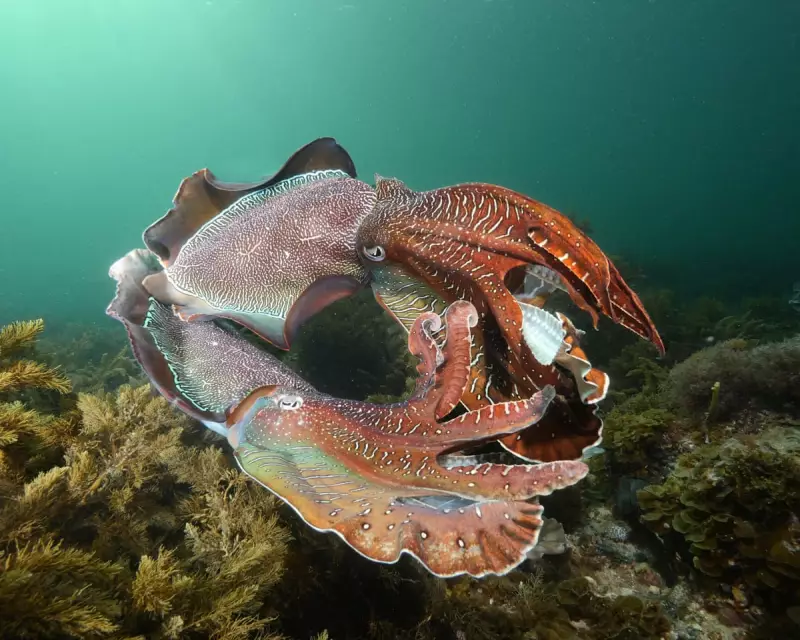
Scientists and marine biologists are sounding the alarm over a deadly algal bloom that could disrupt South Australia's annual cuttlefish gathering, one of the most extraordinary marine events in the world. The bloom, caused by toxic algae, poses a significant threat to the thousands of giant Australian cuttlefish that migrate to the region each winter to breed.
Why This Event Matters
The gathering, which occurs near Whyalla in the Upper Spencer Gulf, is a unique natural spectacle. The cuttlefish, known for their mesmerising colour-changing abilities, attract divers, researchers, and tourists from across the globe. However, this year, the bloom—linked to rising water temperatures and nutrient pollution—could devastate the population.
Environmental Concerns
Experts warn that the algae produce toxins harmful to marine life, potentially causing mass die-offs. "This could have long-term consequences for the cuttlefish population and the local ecosystem," said Dr. Emma Johnston, a marine ecologist. "We’re seeing an alarming increase in these blooms due to climate change."
Economic and Tourism Impact
The event is not just ecologically significant but also economically vital. Local businesses rely on the influx of visitors eager to witness the cuttlefish’s vibrant displays. If the bloom worsens, it could deal a severe blow to the region’s tourism industry.
Authorities are monitoring the situation closely, but with limited options to mitigate the bloom, fears are growing that this year’s gathering may be one of the most tragic on record.





